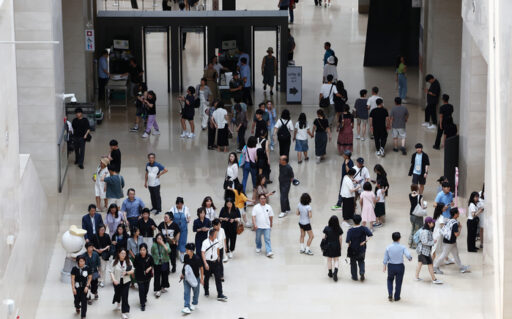When currently incarcerated, 'State Head Treatment'… Mugshot exemption
As former President Yoon Seok-yeol is imprisoned for the second time, curiosity arises among citizens about whether "former presidents live like ordinary inmates."
His first imprisonment occurred last January, while he was still in office as the current president. As the head of state and the chief executive, the highest level of security and protection was maintained even inside the detention center. He was assigned to a single cell, all areas were controlled, and he was exempted from having a mugshot taken for identification purposes.
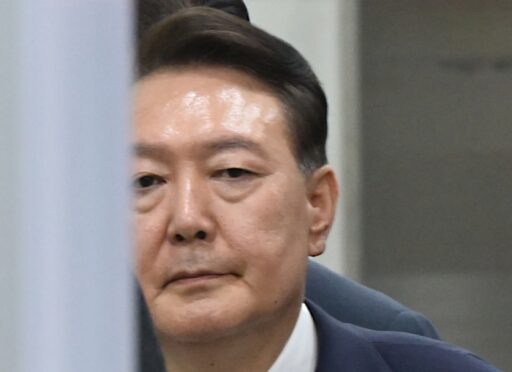
This was a measure considering the dignity and external image of a head of state, and it was a rare instance where the correctional authorities exempted the photographic obligation.
Additionally, a simple workspace was set up within the detention center to allow him to receive unofficial reports and continue presidential duties, along with meals provided that were catered to his health. The visitation procedure was simplified, allowing restricted meetings with certain staff members privately, in addition to his lawyer.
In the case of a former president's imprisonment, 'General Inmate Regulations' apply… Mugshot taken
However, the circumstances for this second imprisonment are different. After being impeached and removed from office, the former president, now a suspect, is expected to face a significantly different treatment.
According to the Ministry of Justice, former presidents will follow the same regulations as regular inmates upon their arrest.
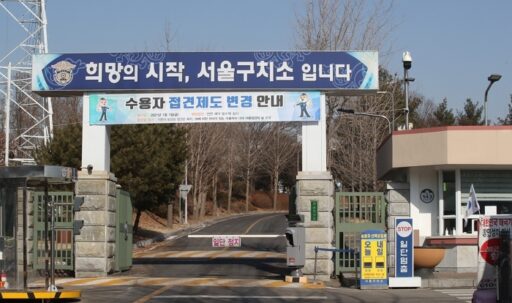
Mugshot taking, which can be considered humiliating, will be executed without exception. An inmate identification number will be assigned, and the mugshot will be registered in the internal computer network of the correctional authorities to serve as identification material.
If a mugshot were to be leaked, it could cause serious damage to his image, leading to speculation that the correctional authorities will maintain rigorous security protocols.
The same procedures were followed during the incarcerations of former presidents Park Geun-hye and Lee Myung-bak.
Meals, exercise, and bathing will also be conducted according to a fixed schedule, following the same methods as other inmates. However, for safety reasons, he will be assigned to a single cell, and bathing will be arranged to allow solo use shortly after general inmates have finished using the facility.
Visitation will be limited to unrestricted meetings with legal counsel, while general visitation must adhere strictly to criminal procedural law and detention center regulations. Conversations will occur briefly, separated by a transparent partition under the supervision of a correctional officer. The privileges of expedited visits and private meetings enjoyed during his term in office will be entirely eliminated.
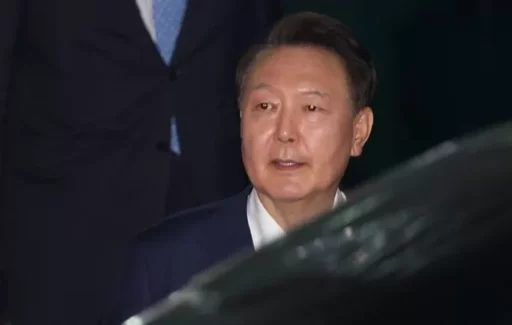
Security will also be minimized. Unlike during his tenure, where security was placed along every travel route inside the detention center, only safety personnel will be deployed near the single cell and the outskirts of the housing unit.
Environment of Seoul Detention Center… Narrow and sparse space
The Seoul Detention Center, where former President Yoon is incarcerated, is the largest correctional facility in the country, located in Uiwang, Gyeonggi Province.
Although it has a capacity of 2,000 inmates, it often surpasses this number, leading to ongoing concerns about overcrowding.
The size of a single cell is about 6.5 square meters (approximately 2 pyeong), featuring a basic layout with bedding, a TV, storage space, a washbasin, and a toilet.
The exercise yard is surrounded by a concrete floor, and the exercise time is limited to about 30 minutes to 1 hour per day.
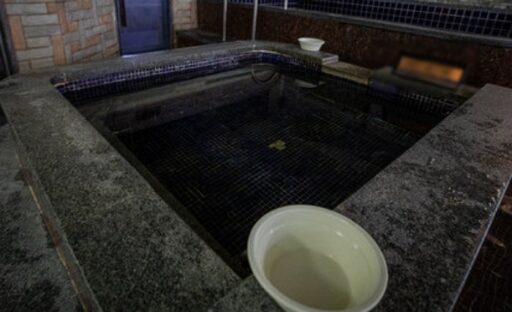
Ultimately, while he enjoyed the privileges and dignities associated with being a 'head of state' during his time in office, he now faces treatment like that of a 'former president and suspect,' with regulations from mugshot taking to daily life reflecting those of a general inmate, leaving only solitary confinement and limited security arrangements.
Citizens are paying attention to what legal and political repercussions this re-incarceration may produce.
Image sources: Former President Yoon Seok-yeol / News1, Seoul Detention Center / News1, News1, materials unrelated to the article / News1
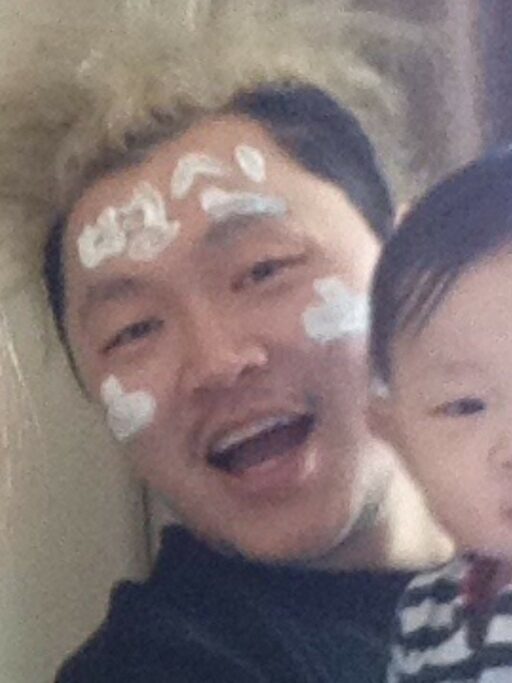
![[Breaking News] Jeong Cheong-rae elected as new leader of the Democratic Party… First ruling party head under Lee Jae-myung’s government](https://wordkorean.com/wp-content/uploads/2025/08/thumbnail-25.jpg)
